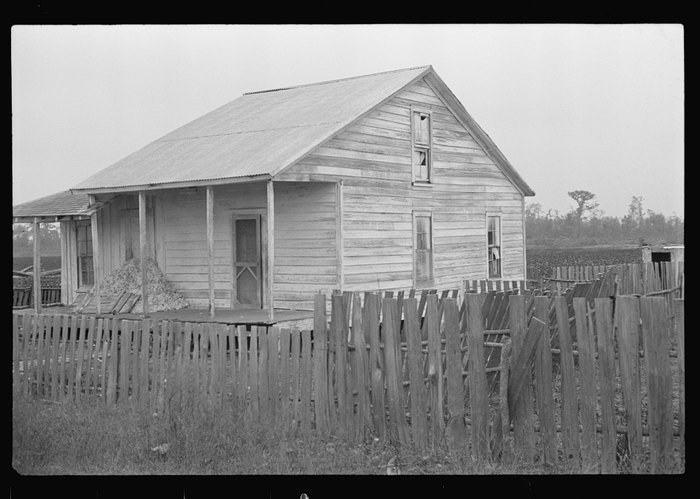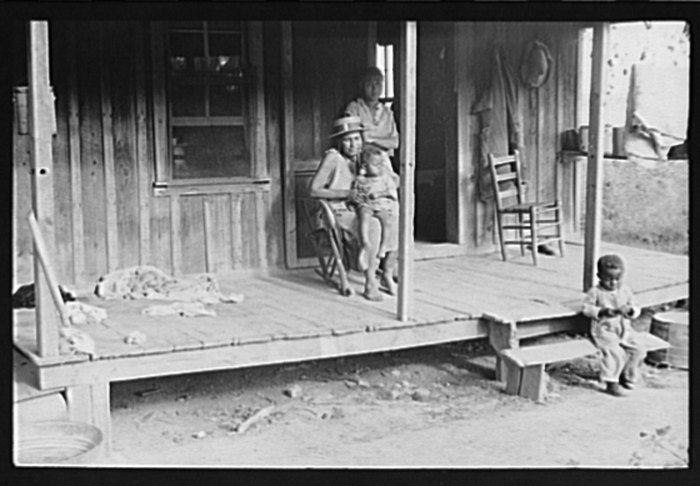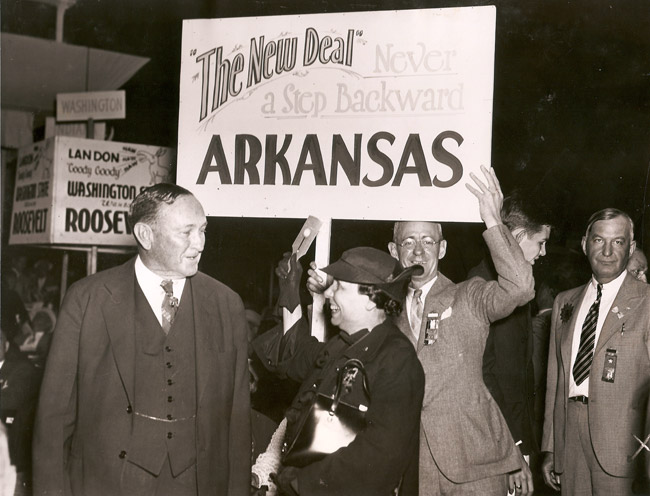By Dr. Curtis Varnell
Excerpt from a letter to Governor Harvey Parnell from El Dorado, AR. 1931. “Governor, we are hungry. I am writing you because we haven’t anything to eat. We have seven children and no income at all and nothing to eat but a little bit of flour for bread.” Another letter dated Marked Tree, Jan. 10, 1931: “I am getting in a bad way. I lost my sharecrop and they put me out of my house and lease. I am working for the levy board for $2 a week. With five kids, I just can’t make it.” Another note, “I want work for me and my boy, that is all want and some pay for it. I’ve got to have relief in some manner.”

The letters, all hand-written, signed and dated cry out to you of the desperation and heart-ache of trying to care for your family during the height of the Great Depression. Scattered from areas around the state, they speak of hardship few of us could believe. They tell of food insecurity, deprivation, extreme poverty, and absence of jobs. Even more, these letters describe the underlying absolute lack of hope.
Even during the roaring twenties, Arkansas was experiencing hardship. With an economy built on agriculture, the fluctuation in farm goods, especially cotton, triggered hardship. Arkansas lead the nation in per capita indebtedness before the depression. When agriculture failed due to droughts or floods, people could not pay their taxes; without taxes the schools and state infrastructure deteriorated leading to a downward spiral. With the collapse of the stock markets and resultant bank failures, Arkansas farmers had nowhere to turn. Individuals had no ready cash, could borrow no more money, and had no means to pay taxes. Property was confiscated, leaving the destitute farmer devoid of subsistence. Tent cities and shanty towns sprang up around the state. These included camps around Forrest City and even near the capitol in Little Rock. Many individuals, including my grandparents, packed up and trekked west, hoping to find “okie” jobs in Arizona and California. One letter stated that Crawford County had lost 3,200 people in the first few years of the depression and the state as a whole lost over 120,000 people from 1930-40.

Beginning in 1932, Franklin Roosevelt instituted the New Deal to help alleviate the effects of the depression. Arkansas was fortunate in that, in order to get his many aide bills through congress, FDR needed the assistance of Senators Joe T. Robison and Hattie Caraway. Robison, as the majority leader of the senate, was especially powerful and both worked to ensure relief programs for Arkansas. The Civilian Conservation Corps (CCC) alone placed 200 young men to work in each of the 65 camps formed around the state. Many of our parks and hiking trails are a legacy of their work. Dyess, Arkansas, famous home of Johnny Cash, was created as a part of the Works Progress Administration (WPA) efforts to create farm colonies in Arkansas. Others were put to work building bridges, painting murals in post offices, and even in building schools as the New Deal pushed through a multitude of new programs to assist the poor.
The New Deal provided opportunity for people to work and gave many a sense of accomplishment and pride in achieving something through their efforts. Many of those buildings, bridges, and parks still stand today as a memorial to their efforts. It also provided valuable skills and training for youth and offered them an alternative to watching the south side

of a north bound mule as it plowed the fields of tenant farms. The various programs forever changed our view of the government’s role in economics as well as increased the number of people employed by the government itself. Today, over 15% of our total workforce are employed by state, national, or local government agencies, a process that really increased during the New Deal.
My grandparents lived through that period of time. Tough people in tough times, I never fully realized the depths of poverty and hardships they faced until I read through the letters to Governor Parnell.






